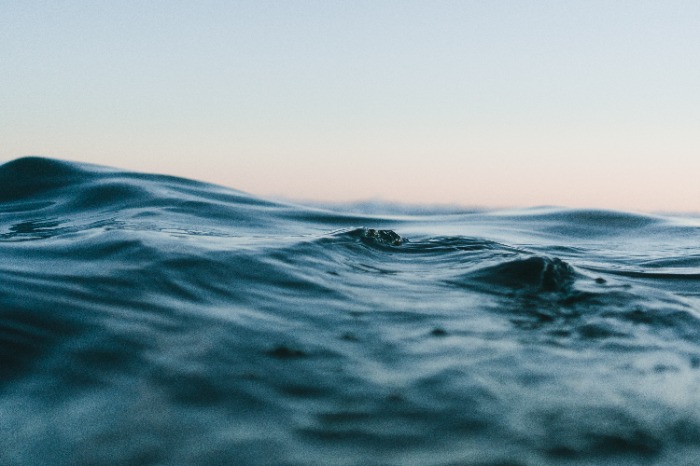Water purification is the process by which contaminants are removed. There are several methods that can be used to purify water, depending on its source and intended use.
Water is an essential resource for life. However, natural water sources can be contaminated with a variety of substances, including bacteria, viruses, heavy metals, pesticides, and other chemicals. Water purification is the process of removing these contaminants to produce safe and drinkable water.
Water purification processes
The specific purification process used depends on the water source, the degree of contamination, and the requirements of the application.
- Distillation: Distillation is a process of heating and cooling water to separate contaminants. It is heated until it boils, forming vapor. The vapor is then condensed back into distilled water, which is a liquid free from contaminants.
- Reverse Osmosis: Reverse osmosis is a process that uses pressure to force water through a membrane that removes contaminants. The membrane is small enough to allow water molecules to pass through but too large to allow contaminants to pass.
- Filtration: Filtration is a process that uses a porous medium to remove contaminants. The filtering medium can be sand, gravel, activated carbon, or a combination of these materials.
- Chlorination: Chlorine is a disinfectant used to kill bacteria and viruses. Chlorine is added to drinking water to ensure its safety.
- Ultraviolet (UV) Light: Ultraviolet (UV) light is a form of radiation that can kill bacteria and viruses. UV light is used to disinfect drinking water and other liquids.
Other water purification processes include:
- Electrolysis: Electrolysis uses electricity to separate ions from water. Ions are charged particles that can cause contamination.
- Ion Exchange: Ion exchange uses materials with an electrical charge to exchange ions with water. This process is used to remove ions such as minerals and heavy metals.
- Direct Osmosis: Direct osmosis uses pressure to force water through a membrane that removes contaminants. The membrane is large enough to allow water molecules to pass through but too small to allow contaminants to pass.
Factors for choosing the process
- The source of water: Water from different sources may be contaminated with different substances.
- The degree of contamination: The level of contamination in a water source will determine the amount of treatment required.
- Application requirements: Purified water is used for a variety of applications, each with its own requirements. For example, drinking water must be safe and potable, whereas water for industrial use may require a higher degree of purity.
Water purification is an important process to ensure water safety and quality. Various water purification processes can remove a variety of contaminants, thereby producing safe and potable water for a variety of applications.


